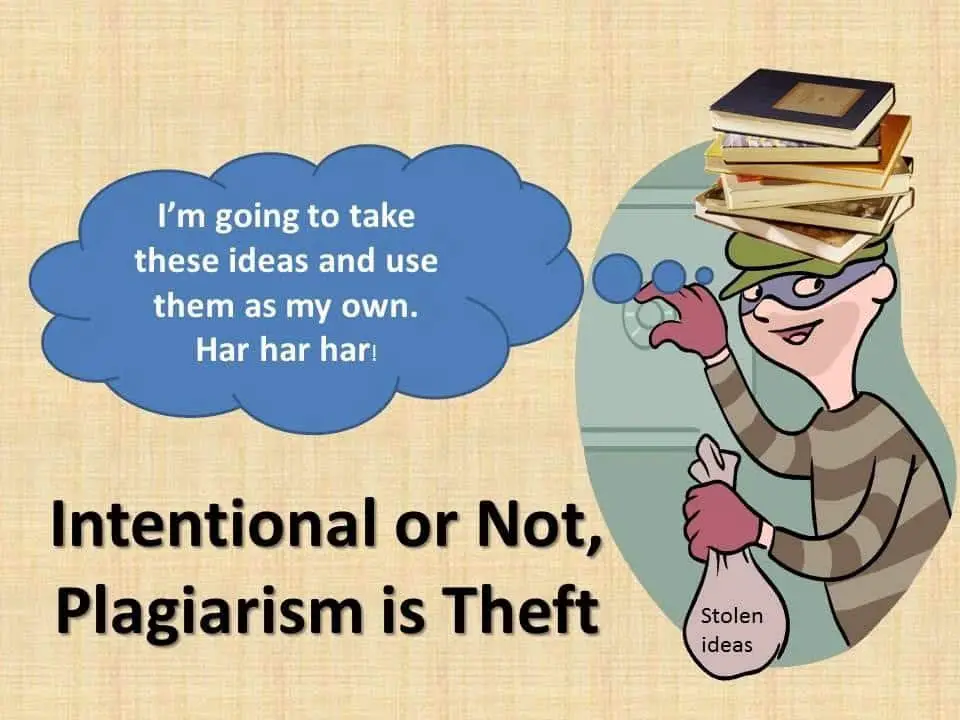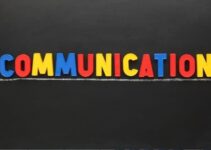Learn How to Paraphrase to Create Plagiarism-Free Essays?
Paraphrasing is a useful tool that can help students craft a successful research paper or an essay in a relatively short period of time. What’s more, this method is the only legitimate way to borrow ideas from someone else’s work. Paraphrasing can save space and truncate the information in your academic paper.
Moreover, it can go a long way towards helping you distill the important information that may exist in another study and thus make your study easier to understand. From today’s article, you’re going to learn some secrets to effective paraphrasing and writing strong papers in college.
Paraphrasing Versus Quoting
You should distinguish between quoting and paraphrasing. Note that when you quote, you essentially copy and paste the exact word of another researcher into your own study. It’s critical that you use citation marks every time you quote verbatim from another source or author.
A paraphrase, on the other hand, may use some key terms from the original text but must use the new language to express this idea. When you paraphrase you don’t need to include quotation marks, but you’re still required to use citations to give proper credit to the author whose ideas you’re referencing.
So, when do you paraphrase and when do you quote? Let’s take a look at some situations where one method may be preferable to another.
1. Paraphrase
You should paraphrase to show your understanding of the main ideas or arguments of an author. A paraphrase is quite helpful in explaining difficult concepts or terminology.
This method also may be used when you need to change the emphasis of the information to match your own argument or provide a clear voice in your essay that isn’t directly connected to other words.
2. Quoting
You should use quotes when the original wording is strong and engaging on its own. It’s a good idea to quote verbatim when you’re dealing with a well-known quote or the one that’s difficult to paraphrase.
You also want to quote when the exact words of the authority would lend support do your ideas or when you want to present the author’s detailed methods, findings, or exact stated position.
So, below are the steps you can take to paraphrase effectively and make your research paper sound original.
#1 Take In The Source Material
Read the source material until you fully understand what the author’s meaning is. What are they saying? Don’t pay attention to the detail. Make sure to grasp the entire picture.
Note that it might take 3 or 4 readings at least to digest the information at hand.
#2 Take Notes
Take some notes that include key terms of the original passage. By doing so, you’ll be able to paraphrase more effectively without losing the gist of the original quote.
#3 Rewrite Using Your Own Words
Now you are ready to produce your own paragraph. Our suggestion is to avoid peeking at the source material. Use only the key terms that you wrote down in Step 2.
#4 Capture The Important Information
While paraphrasing, make sure that your version captures all the important parts, especially the intent of the original source.
#5 Provide In-Text Citations
Finally, double-check to provide parenthetical citations every time you use paraphrases in your research paper. Thus, you’ll ensure that your audience can easily identify the beginning and the end of your paraphrasing.
A Word of Warning From Experts
Writing experts from PapersOwl, one of the biggest online academic writing companies, note that most of the time students plagiarize unwittingly, out of ignorance. So, if you don’t want to end up getting an F for your plagiarized paper, go over your paraphrased paragraph to ensure there are no terms or phrases written word for word in your paper.
You should note that simply changing or removing some words from the source has nothing to do with paraphrasing. The onus is on you to carefully and thoroughly reword the content and cite it properly. Be sure not to use the exact same language unless you’re putting quotation marks around the content.
Keep in mind that you shouldn’t paraphrase too often, as it can take away some of the strengths of the original content. Similarly, you shouldn’t quote too often, as well, since it can detract from the authorial voice of your own paper. What you want to do is maintain the balance by using ample quotes and paraphrases in conjunction.







